Shell to submit Arctic offshore drilling plan

Shell Oil will apply to drill 10 wells off Alaska’s Arctic shore over the next two years under an exploration plan headed to federal authorities.
A Spanish Island’s Quest to Be the Greenest Place on Earth

When an innovative wind-power system goes online at the end of 2011, El Hierro, the easternmost of Spain’s Canary Islands, will turn into the first inhabited landmass in the world to become completely energy self-sufficient, using nature’s gifts: wind and sea water. And that’s just the first step in a plan that may make the island the most sustainable place on Earth.
Turkey to build huge waterway to bypass Bosphorus
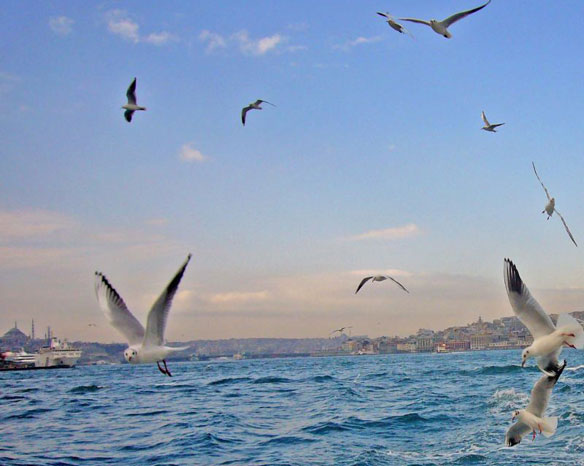
Turkey plans to build a canal connecting the Black and Marmara seas as an alternative to the congested Bosphorus Strait, the main objectives being to reduce traffic through the Bosphorus and minimise the environmental threat.
Mangroves excel at storing climate-warming carbon

Mangroves store two to four times the carbon that tropical rainforests do. Part of the reason for mangroves’ efficiency in keeping carbon locked away lies in their location in tidal zones, where their roots are often covered with sea water.
Islands off the Croatian Coast
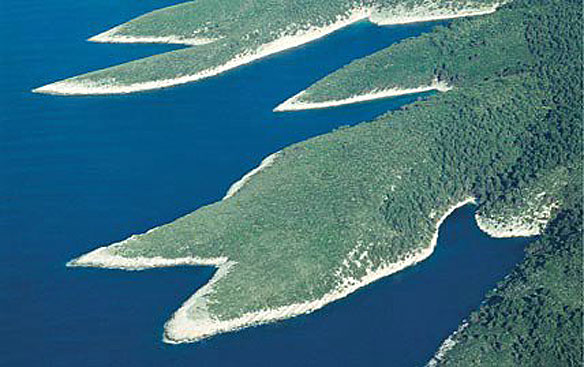
Along the coast of Croatia lies a multitude of islands of varying shapes and sizes. Archaeological finds indicate that some of the islands have been inhabited since the Stone Age and have supported trade routes since the sixth century BC.
Japan Quake Caused Surprisingly Severe Soil Collapse

Near coastlines, harbors and rivers, earthquakes can make the wet, sandy soil jiggle, turning it temporarily from a solid to a liquid state, a process known as liquefaction. Japan’s soil liquefaction occurred over hundreds of miles, surprising even experienced engineers who are accustomed to seeing disaster sites, including from the recent earthquakes in Chile and New Zealand.
Asia Nuclear Reactors Face Tsunami Risk
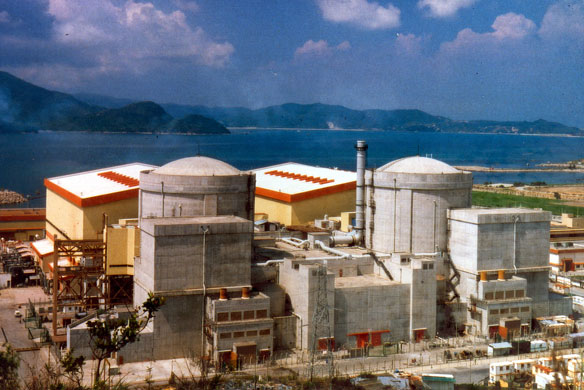
Asia, the world’s most seismically charged region, is undergoing a nuclear renaissance as it struggles to harness enough power for its huge populations and booming economies. The skeleton of what will soon be one of the world’s biggest nuclear plants is slowly taking shape along China’s southeastern coast, right on the doorstep of Hong Kong’s bustling metropolis. Like Japan’s Dai-ichi plant they lie within a few hundred miles of the type of fault known to unleash the largest tsunami-spawning earthquakes.
Bioengineering Uses Vetiver Grass to Save Coral Reefs Near Guam
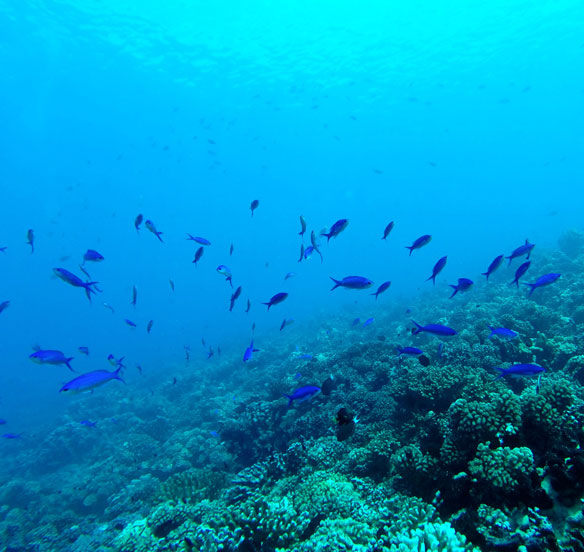
The vetiver grass system is a unique, economical and effective bioengineering technology for protecting coral reefs. It is also expected that these vetiver hedges may even be able to protect the beach area against tidal surge once their root systems are well established.
Adelaide Sinks Off Avoca Beach, Australia
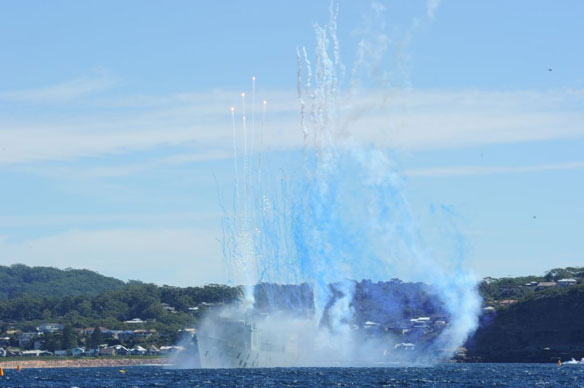
After a year of rolling legal action, the scuttling of HMAS Adelaide off Avoca Beach on the NSW central coast was allowed, and the decommissioned warship will become a scuba diving attraction by month’s end. Environmentalists fears lead paint on the Adelaide is a health risk and that the wreck will cause beach erosion and ruin the surf.
